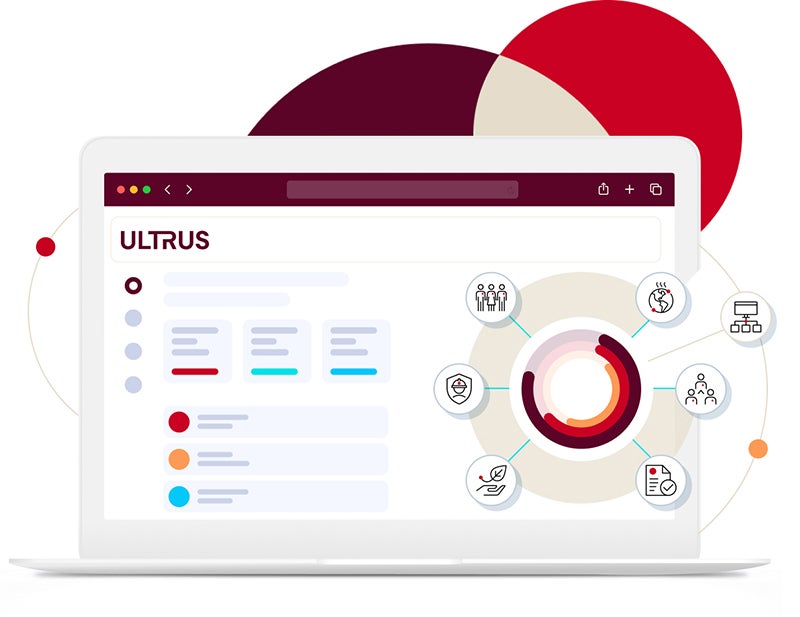Bluetooth-enabled devices continue to increase worldwide. According to Bluetooth Special Interest Group (SIG), annual Bluetooth-enabled device shipments will exceed six billion by 2024.
While Bluetooth adoption is growing among manufacturers, the process to qualify a new Bluetooth device can pose hidden pitfalls. For instance, using the Bluetooth logo to mark a product without being a member of Bluetooth Special Interest Group or unnecessarily listing every single product developed even when only aesthetic details such as plastic casing color change.
Download our guide to learn how to avoid costly mistakes during Bluetooth qualification.



